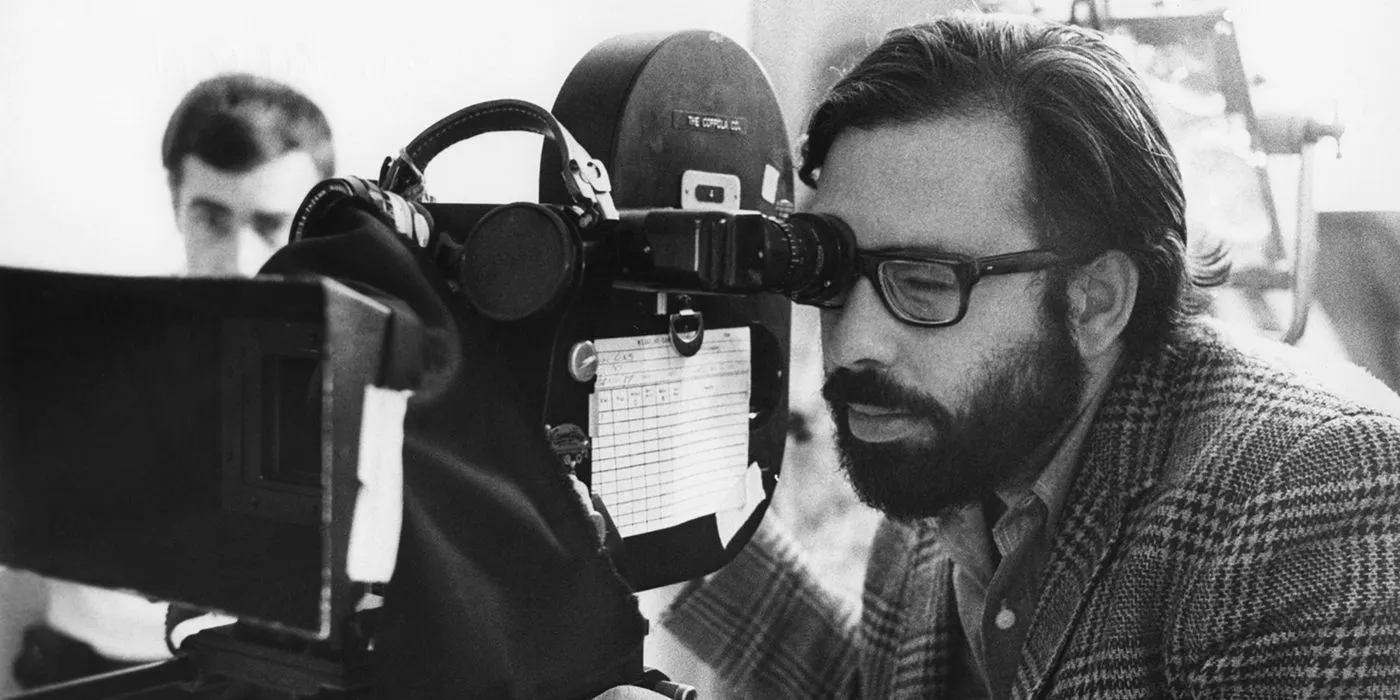
Celebrated as one of the most influential filmmakers in Hollywood history, Francis Ford Coppola is widely recognized for his iconic works, including classics like The Godfather and Apocalypse Now. His signature ability to merge stunning visuals with profound narratives solidified his status among the elite directors of all time. Yet, by the mid to late 1980s, Coppola faced a significant downturn in his career. As both mainstream audiences and movie critics questioned whether the once-revered director could reclaim his former glory, Coppola’s name became synonymous with a series of commercial flops. Remarkably, this period of uncertainty nearly transformed into a significant comeback opportunity, hinging on a pivotal project that could have reinvigorated his career.
The screenplay which Coppola was in line to direct went on to be recognized as one of the finest entries in the Western genre, earning multiple Academy Awards and raking in over $159 million at the global box office. This historical piece is none other than Unforgiven, a film that ultimately became Clint Eastwood’s landmark achievement, often cited as one of the actor-director’s best works. Coppola’s potential association with Unforgiven even conjures a compelling “what-if”scenario in cinematic history, leaving us to ponder how his artistic vision could have reshaped the film and impacted his own legacy.
Coppola Was Tied to Unforgiven Before Eastwood’s Reign
The Potential for Coppola to Revive His Career with Unforgiven

Before Clint Eastwood secured the rights to David Webb Peoples’ screenplay in the 1980s, Coppola was reportedly in negotiations to take the directorial helm. During this period, Coppola had just come off several films that failed to resonate with audiences and critics alike, including One from the Heart (1981), The Cotton Club (1984), Tucker: The Man and His Dream (1988), and The Godfather Part III (1990). Although these movies contained moments of brilliance, none reached the prestigious heights of his earlier masterpieces, leaving many to wonder if he had lost his touch.
Famed for his innovative use of lighting and symbolic imagery, Coppola would have infused Unforgiven with a unique visual style that could have elevated the emotional weight and moral dilemmas explored in the story. The screenplay, known for its deconstruction of conventional Western motifs, dives into themes surrounding violence, morality, and redemption—elements that Coppola adeptly navigated in his past films. Much like Captain Willard’s haunting journey down the river in Apocalypse Now, Unforgiven centers on a former cowboy confronting his violent past while pursuing a bounty. Indeed, had fate turned differently, this project might have marked one of Coppola’s most significant achievements since The Godfather Part II.
A Comparison: Coppola’s Unforgiven vs. Eastwood’s Interpretation
Coppola’s Unique Vision

Coppola and Eastwood are both renowned for their distinct directorial techniques, which would have rendered their portrayals of Unforgiven markedly different. Eastwood’s rendition of the film is characterized by stark realism, a deliberate tempo, and a somber tone that permeates the narrative. His adaptation employs muted colors and minimalist cinematography, presenting a bleak yet impactful story. In contrast, Coppola might have infused Unforgiven with a more stylized approach, marked by striking visuals and an operatic flair, potentially transforming it into a grand, theatrical experience.
The casting choices would have also significantly diverged. While Clint Eastwood’s portrayal of William Munny is now iconic, discussions previously hinted that Coppola may have wanted John Malkovich to assume the role. Should this not have materialized, the project might have seen performances from other titans of the industry, such as Robert De Niro or Al Pacino. Unfortunately, Coppola faced insurmountable challenges in securing funding, leaving the project inactive for years until it was ultimately passed to Eastwood.
The outcome is well documented—today, it’s nearly impossible to envision Unforgiven under any other lens. As noted by screenwriter David Webb Peoples in an interview with the Los Angeles Times, “Francis would have done it brilliantly as he does everything else, but it’s hard to imagine anyone making it as straightforwardly and uncompromisingly as Clint.” Ultimately, while the fact that Coppola never directed Unforgiven leaves a scintillating question mark in cinematic history, it was Clint Eastwood’s compelling interpretation that created a defining masterpiece that has captivated audiences worldwide.




Leave a Reply